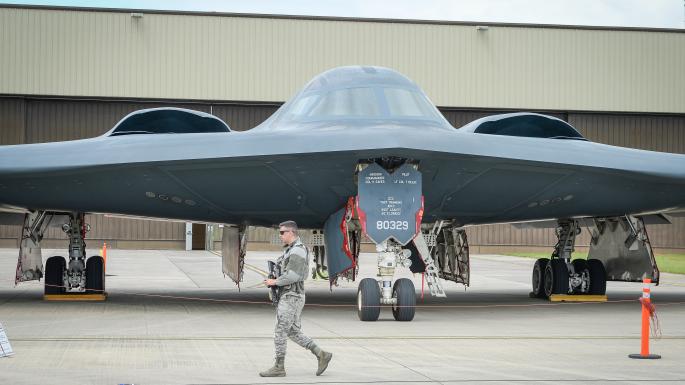Brexiteers are overwhelmingly older while Remainers are overwhelmingly younger with the 50/50 or half (1/2) / half (1/2) split being at age 45 at the time of the Brexit referendum in 2016 so 47/48 now.
Many Brexiteers are familiar with fractional Imperial currency in UK and this is no doubt a part of the Great British Empire that they want to return to since everything British is so far superior to anything “bloody foreigners” do. Here is my rough guide to imperial currency in case we do Brexit.
Decimalisation – the conversion from imperial to decimal currency that we are now familiar with – occured in 1971 while the partial transition to decimal weights and distances occured in UK in 1995. I was 5 in 1971 (1971 – 5 = 1964, a leap year). I was born at home which was probably the norm back then with a midwife only attending for half an hour or so if at all or if there were complications. The vast majority of houses would have one cold water tap in the kitchen, coal fires, a tin bath that would be filled with hot water heated on a gas stove and used by the whole family once a week and an outside toilet at the bottom of the garden. Racism and discrimination was part of everyday life – common, accepted and expected. Foreign holidays started in the 70s but there was very little tolerance of that “foreign muck” – garlic, pizza, spaghetti and probably even lager.
Great British Empire currency and weights and measures was based on fractions. I can remember the coinage and notes and I was taught fractions and decimals at the many primary schools I attended.
There were 12 pennies (d) to a shilling (s), 20 shillings to a pound (£). There was also a half-penny, a ‘hapenny’. The notation was £/s/d so that prices might appear as £/2/11 or 2s/11. There was also a guinea which was 21 shillings – don’t know if there was a guinea note – that I think was only used for buying and selling horses. You would have ‘thrupence’ and 2 and half d coins. [Correction. There wasn’t a 2 and 1/2d coin 6d had the value of 2 and 1/2 new pence in the conversion to decimalisation. 2.5 new pence really but decimals weren’t really understood then.] Shillings were known as bobs so two shillings would be ‘two bob’. There was currency to the value of £2, probably a £2 note. Notes were huge back then and paper.
3321

